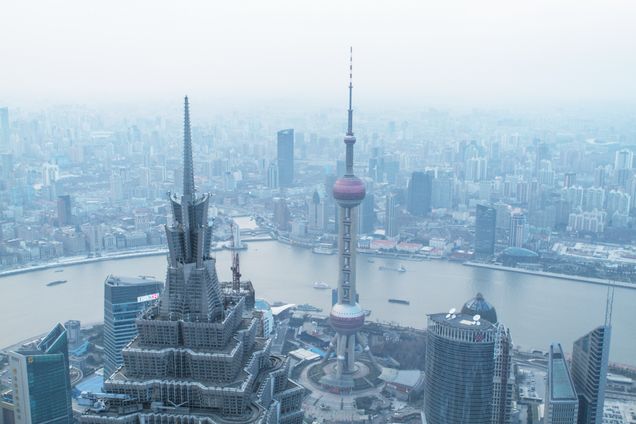What the Current Debt Sustainability Framework Misses About Development, Growth and China

By Xinyue Ma & Jake Werner
The current debt sustainability framework and indicators employed by international financial institutions may be concealing as much as they reveal.
The core of today’s World Bank–International Monetary Fund (IMF) debt sustainability framework is a set of debt ratio thresholds associated with the quality of a country’s policies and institutions, as measured by the World Bank’s Country Policy and Institutional Assessment (CPIA) scores.
This mechanism leaves little room for countries in distress to make crucial public investment in economic recovery and hinders essential efforts to reduce inequality. The consequences are particularly visible today, as the current global governance framework fails to help many developing countries strained by the COVID-19 crisis to overcome fiscal bottlenecks and implement effective recovery strategies.
A new Global Development Policy Center working paper by Kevin P. Gallagher and Yan Wang, “Sovereign Debt Through the Lens of Asset Management: Implications for SADC Countries”, was discussed recently as part of the 2020 Global China Research Colloquium, illustrating the kind of alternative approach that is urgently needed:
In the paper, Gallagher and Wang examine the nature of the economic crisis in the countries of the Southern African Development Community (SADC) and recommend measures multilateral financial institutions and bilateral lenders can take to limit the damage and encourage a quick revival. The authors hope to avoid the mistakes of previous debt relief efforts.
Currently, a high and growing debt-to-GDP ratio is generally taken to be a sign of irresponsible borrowing that must be curtailed, without regard for what the debt is used for: to finance consumption or public investment. The developmental trajectory implied by rising debt that funds consumption, such as higher government salaries or larger pensions, is entirely different from rising debt invested in productivity-enhancing public goods, like education and infrastructure. Conventional measures such as debt to GDP ratios ignore the asset side of the public sector balance sheet. The use of biased measurements has led to a policy bias against investment, especially long-term investments in low-income country infrastructure.
The case of China presents a clear counterexample, avoiding financial crises in 1997–1998 and 2008–2009 through the use of expansionary fiscal and monetary policy to support public investment in infrastructure and social spending. Not fully liberalizing its capital account has also worked in China’s favor in this regard.
As China’s international development finance activities expanded over the past decade, China has become a significant official bilateral creditor. In the nine SADC countries eligible for the 2020 G20 Debt Service Suspension Initiative, almost half of official bilateral debt is owed to China. Western leaders often evince a knee-jerk hostility to the Chinese presence, but China’s developmental experience offers important lessons, often reflected in China’s lending priorities.
在
Based on these understandings, the authors provide a few policy options to tackle the current public health emergencies and meet development needs under difficult public budget situations. These include supporting multilateralism and pushing for the IMF to issue more sovereign drawing rights (SDRs), which are countercyclical and unconditional; supporting the IMF, the World Bank Group and Regional Financial Arrangements (RFAs) to issue more emergency liquidity loans and expedite their disbursement; designing innovative financing and refinancing schemes based on already completed public asset projects, which can be called “asset-based refinance”; and utilizing “tailored solutions” in the “debt distressed” countries, including debt-for-climate swaps.
Such methods are essential to the urgent task of resolving the looming debt crises in the SADC region and in other developing countries hit by the COVID-19 pandemic. These policy options also provide a starting point for reconceptualizing development, so developing countries might finally achieve gains that could put an end to constantly recurring debt crises.